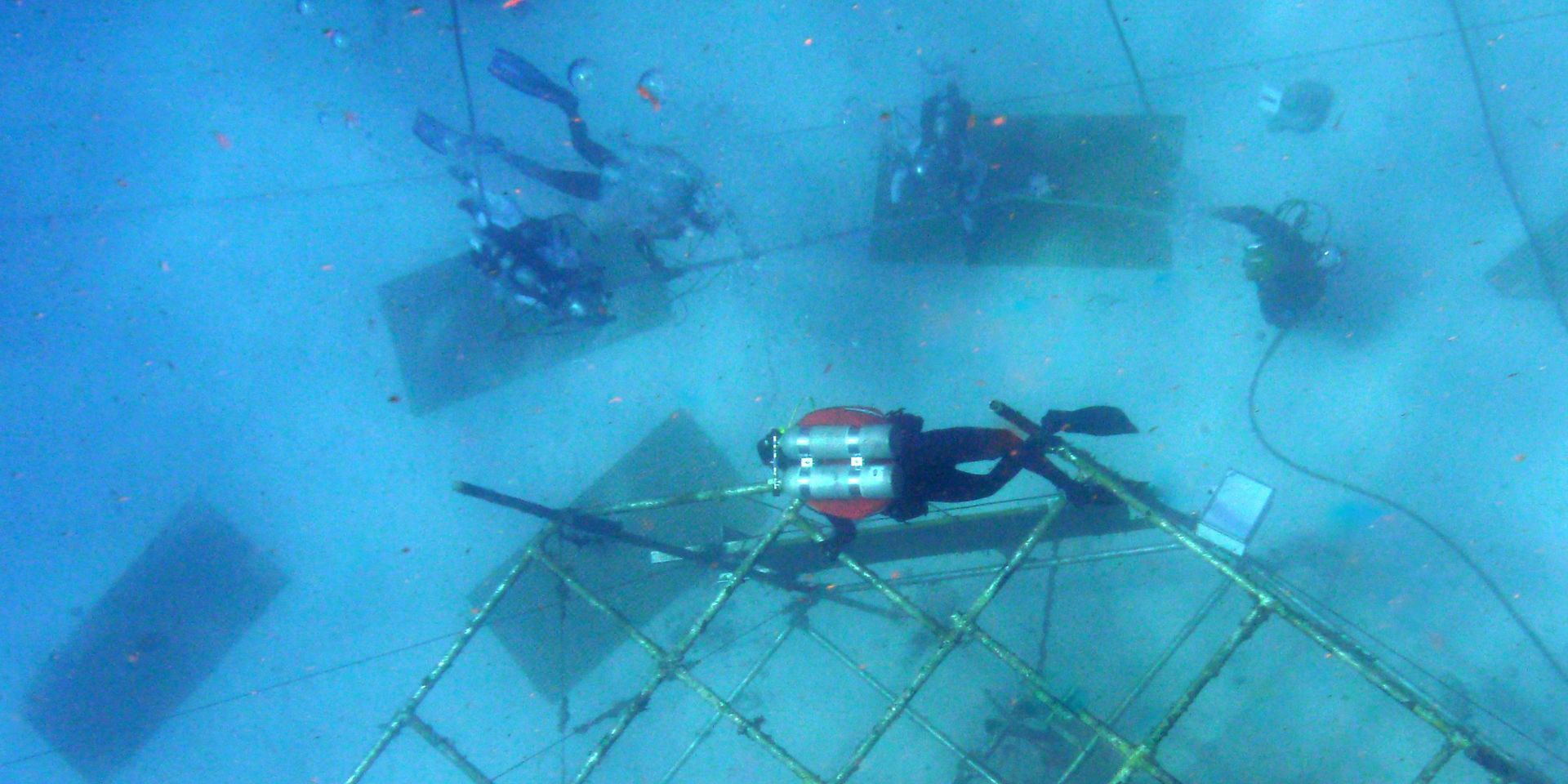
SCS.H | What’s Keeping You Up?
Factors that influence your sleep-wake needs include medical conditions, medications, stress, sleep environment, and what you eat and drink. Perhaps the greatest influence is the exposure to light. Specialized cells in the retinas of your eyes process light and tell the brain and exposure to light can make it difficult to fall asleep and return to sleep when awakened.
Another important factor that affects your sleep is changing when you sleep. Humans are primarily diurnal (creatures awake during the day), as opposed to nocturnal animals, which spend most of their waking hours active at night. We can function at night, but millions of years of evolution have made us much better at doing things in the daytime. Night shift workers often have trouble falling asleep when they go to bed, and also have trouble staying awake at work because their natural circadian rhythm and sleep-wake cycle is disrupted.

How Much Sleep Do You Need?
Your need for sleep and your sleep patterns change as you age. There is no magic “number of sleep hours” that works for everybody of the same age, but this sort of an average: babies initially sleep as much as 16 to 18 hours per day (although ask any parent, they’re not all in a row) which boosts growth and development. At your age you need about 9.5 hours of sleep per night, while adults need 7 to 9 hours of sleep a night. By the time you’ve turned 60, night time sleep tends to be shorter, lighter, and interrupted by multiple awakenings.
That’s about how much sleep you need, but in general, most people get less sleep than they need due to stress, longer work hours, and the availability of round-the-clock entertainment and other activities. Many people feel they can “catch up” on missed sleep during the weekend but, depending on how sleep-deprived they are, sleeping longer on the weekends may not work.
Human sleep is sensitive to our environment. Things like heat exposure, cold exposure, altitude, high pressure and microgravity in space can seriously affect your sleep.
Sleep Quality
Heat exposure has two effects. If you live in a temperate climate area (between the sweltering heat of the tropics and the bitter cold of the polar regions), then a moderate amount of heat right before bed, like from a bath or a sauna, can make it harder to fall asleep. It’s the cooling down of our bodies that gets us ready to sleep, so it’s better to get out of the tub an hour or so before you want to doze off.
Nocturnal cold exposure provokes a decrease in REM sleep along with the release of stress hormones. Altitude and high pressure can affect sleep as well, especially in people who don’t usually live in a cold environment.
So that’s heat and cold, but what about noise? What about light? What about being in an unfamiliar environment where there are different levels of heat, cold, noise, and light? Have you ever gone away on holidays and found that you have difficulty getting to sleep the first couple of nights in a strange place, like a hotel or a family member’s house you’ve not stayed in before?
Again, that’s nature looking out for you. When you’re at home you are comfortable – everything sounds, looks, and smells normal. But when you’re somewhere different, your brain starts looking out for possible dangers because that’s what it did for our ancestors. In ancient times, sleeping in a strange place might mean that you’re not familiar with what sort of animals might be creeping around so your brains remains more alert to sounds that might be the wind, but might also be a leopard sneaking up on you, so you sleep more lightly and your brain is working hard to take in the environment, even though you’re asleep.
Getting a good night’s sleep can be challenging, even under the best of circumstances. But what about sleeping in extreme environments?
Curriculum Reference Links
- Biological World / Systems and Interactions / 6: Students should be able to evaluate how human health is affected by: inherited factors and environmental factors including nutrition; lifestyle choices; examine the role of micro-organisms in human health




